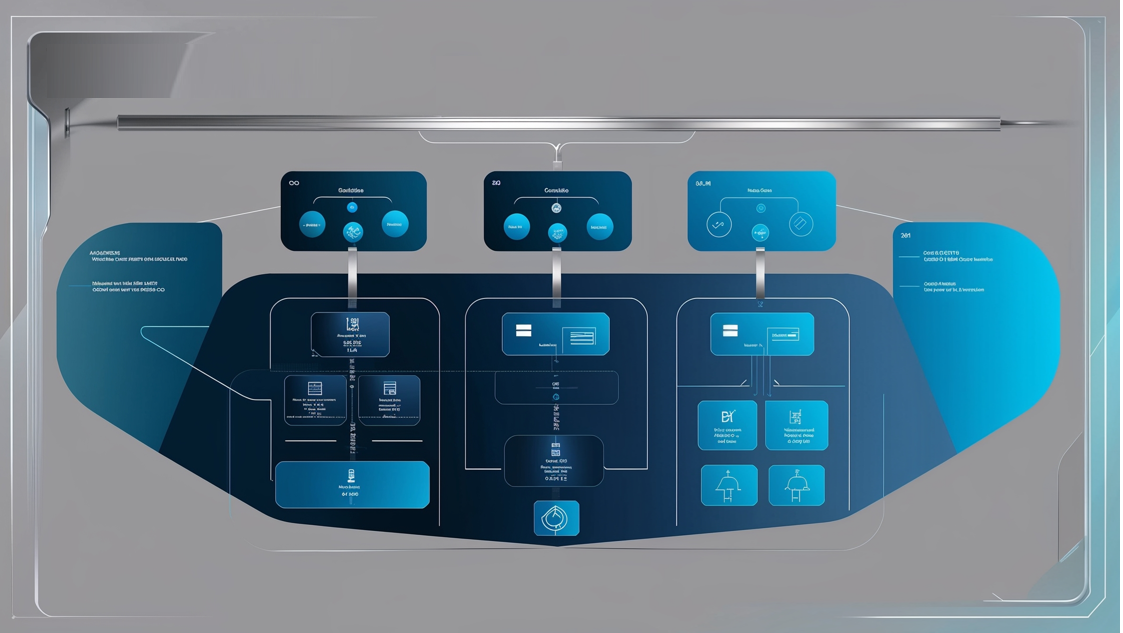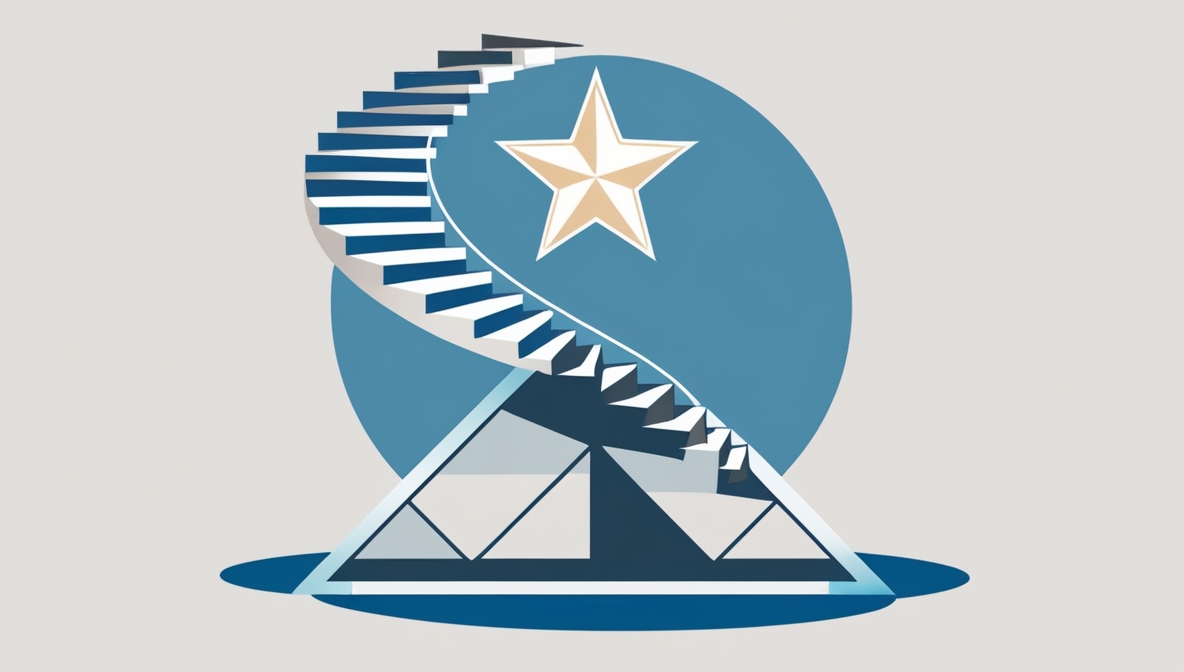Enterprise Architecture Metrics
This paper discusses key metrics to measure and communicate the value of enterprise architecture to stakeholders.
This paper discusses key metrics to measure and communicate the value of enterprise architecture to stakeholders.
This paper introduces an IT Architecture Capability Maturity Model (CMM) which provides a framework of key components of an effective IT Architecture process. This CMM presents an evolutionary model to improve IT Architecture process that starts out in an ad hoc state, transforms into an immature process, and then finally becomes a well-defined, disciplined, and mature process.

This detailed framework provides a TOGAF-based structured approach for evaluating the maturity of Enterprise Architecture practices, focusing on process efficiency and documentation quality.
Part I introduced the Simple Iterative Partitions approach to enterprise architecture planning and Part II detailed its application. This paper discusses implementation considerations when using the SIP approach and the implications of introducing this concept in the organization.
This paper introduces a new approach to enterprise architecture planning called simple iterative partitions whose purpose is to reduce and manage the complexity in the process and its outcome.
Part I introduced the Simple Iterative Partitions approach to enterprise architecture planning. This paper dives deeper into the mathematical model supporting the SIP approach and discusses ways to test enterprise architecture against this model.
The author presents a set of questions that a CIO should ask their enterprise architecture team to make sure that their enterprise architecture is designed to deliver business value.
The DoD Business Enterprise Architecture: Compliance Guidance for BEA 7.0 (“Guidance”) provides guidance on how to assess and document Defense Business System (DBS) compliance to the Business Enterprise Architecture (BEA).
Learn a unique dashboard based approach for evaluating the maturity of enterprise architecture in organizations. Essential for IT professionals seeking to enhance decision-making and align IT with business goals

This case study uses Gartner’s Enterprise Architecture Program Maturity Self Assessment Framework and tools to conduct a detailed assessment of the enterprise architecture program at the State of Oregon